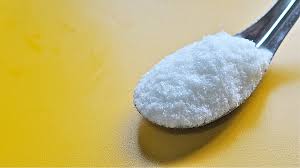MSG has been one of the most controversial topics for the last few months due to the “Maggi” incident and so it is worthwhile to know more about this chemical. Monosodium glutamate (MSG), also known as sodium glutamate) is the sodium salt of glutamic acid, one of the most abundant naturallyoccurring non-essential amino acids found in tomatoes, Parmesan cheese, potatoes, mushrooms, and many other vegetables and fruits. Glutamic acid was discovered and identified in the year 1866, by the German chemist Karl Heinrich Ritthausen who treated wheat gluten with sulfuric acid. Kikunae Ikeda of Tokyo Imperial University isolated glutamic acid as a taste substance in 1908 from the seaweed Laminaria japonica (kombu), an edible seaweed used as a base for many Japanese soups, by aqueous extraction and crystallization, calling its taste “umami”. Ikeda noticed that dashi, the Japanese broth of katsuobushi and kombu, had a unique taste (not sweet, salty, sour....
Ajinomoto friend or Foe?
MSG has been one of the most controversial topics for the last few months due to the “Maggi” incident and so it is worthwhile to know more about this chemical. Monosodium glutamate (MSG), also known as sodium glutamate) is the sodium salt of glutamic acid, one of the most abundant naturallyoccurring non-essential amino acids found in tomatoes,

